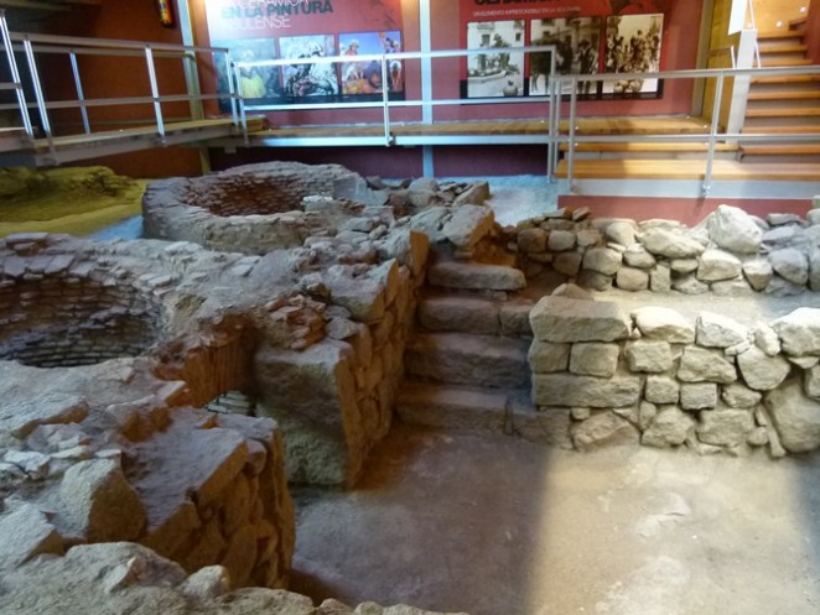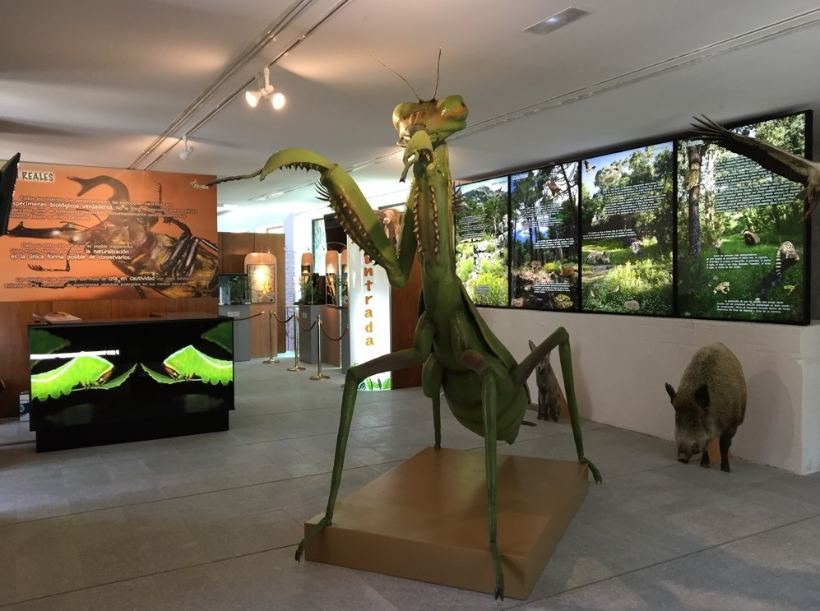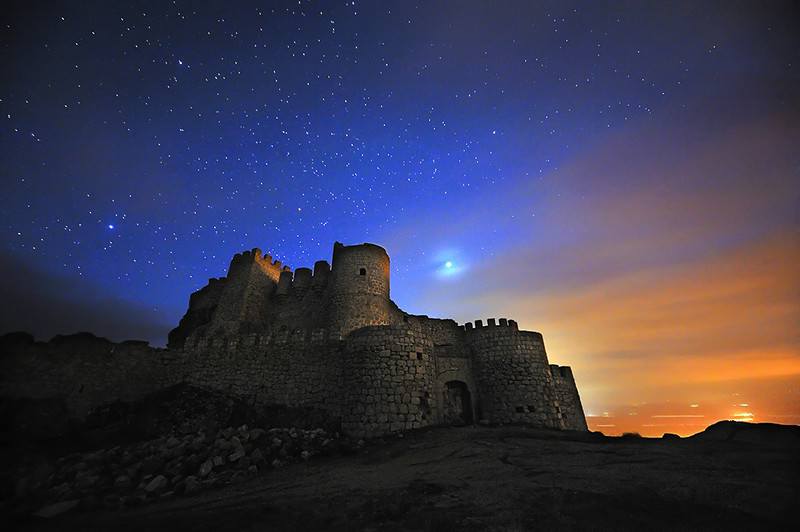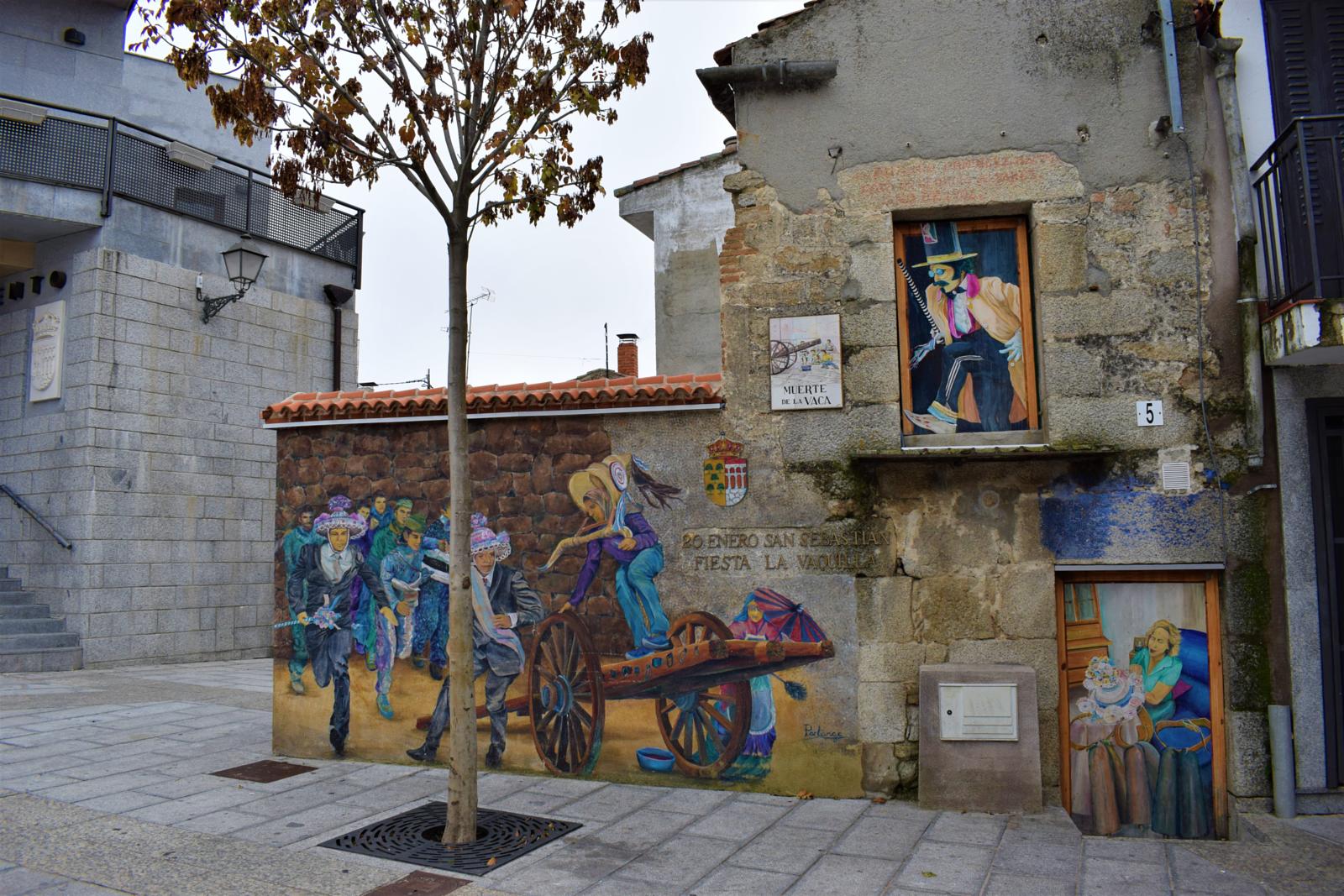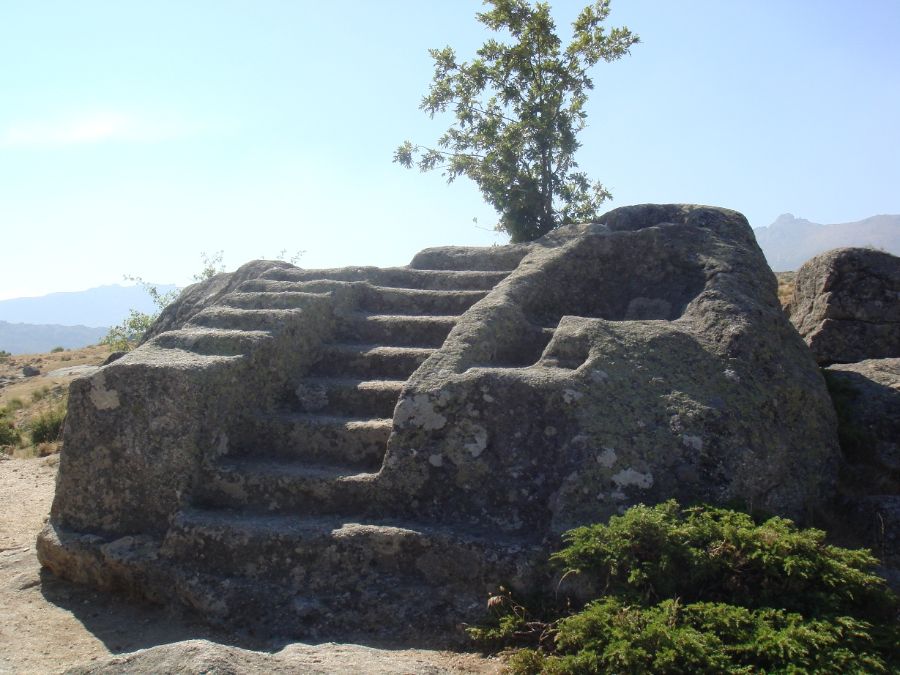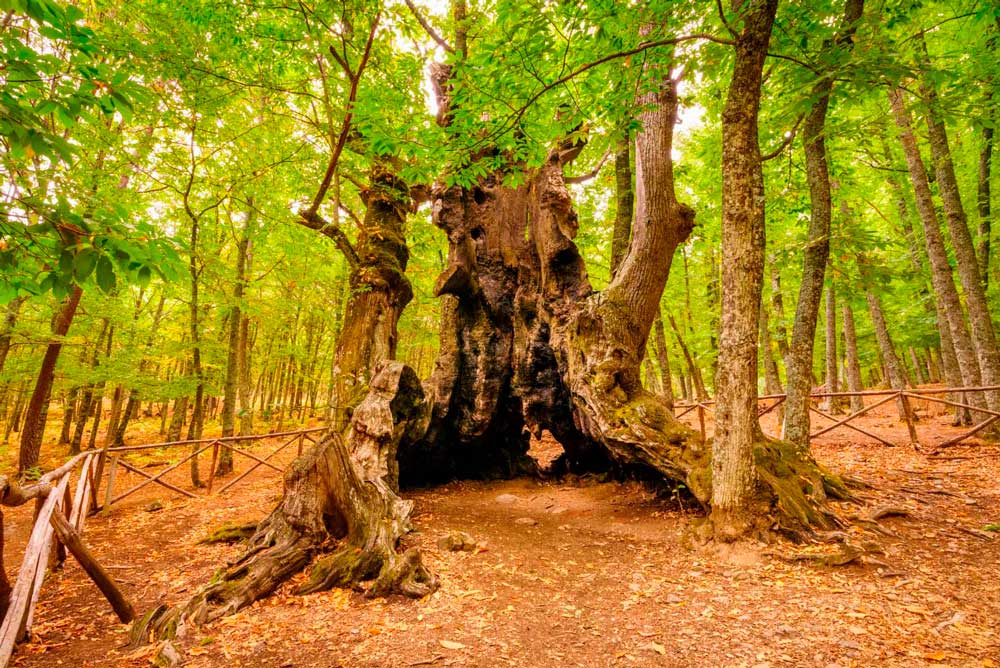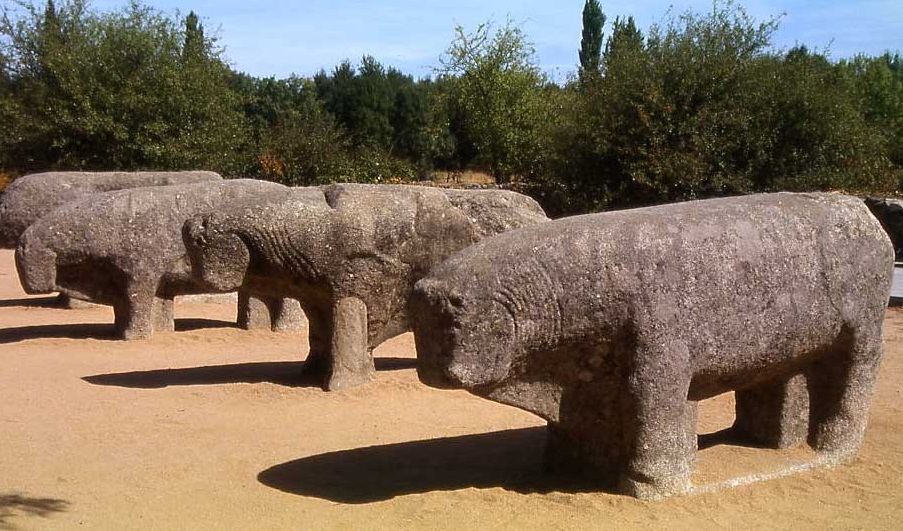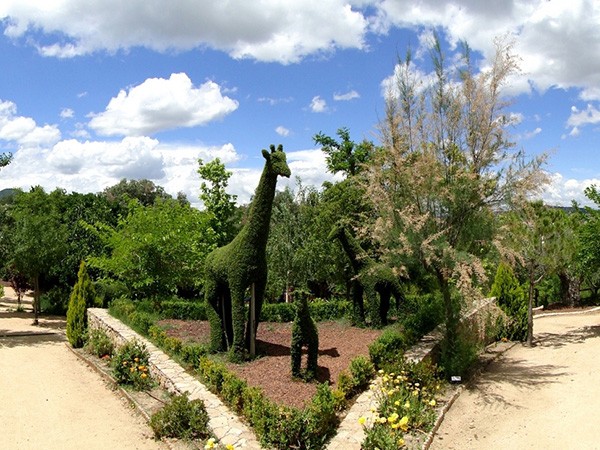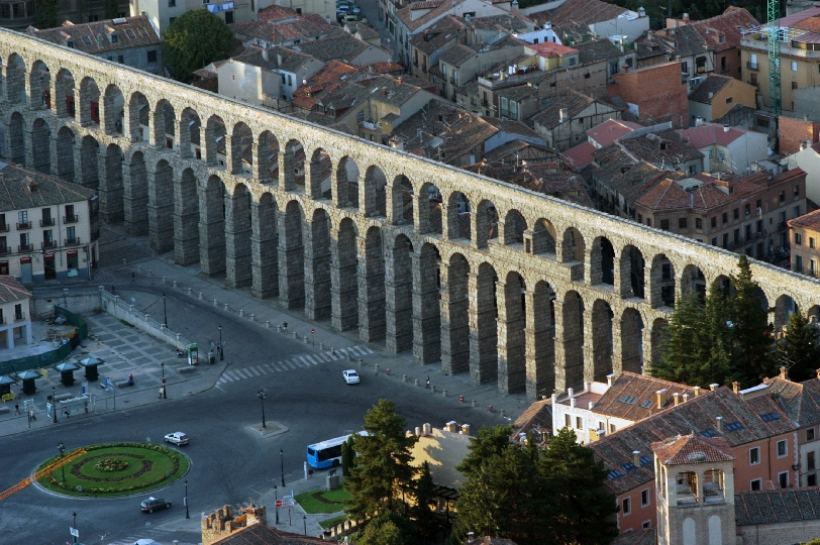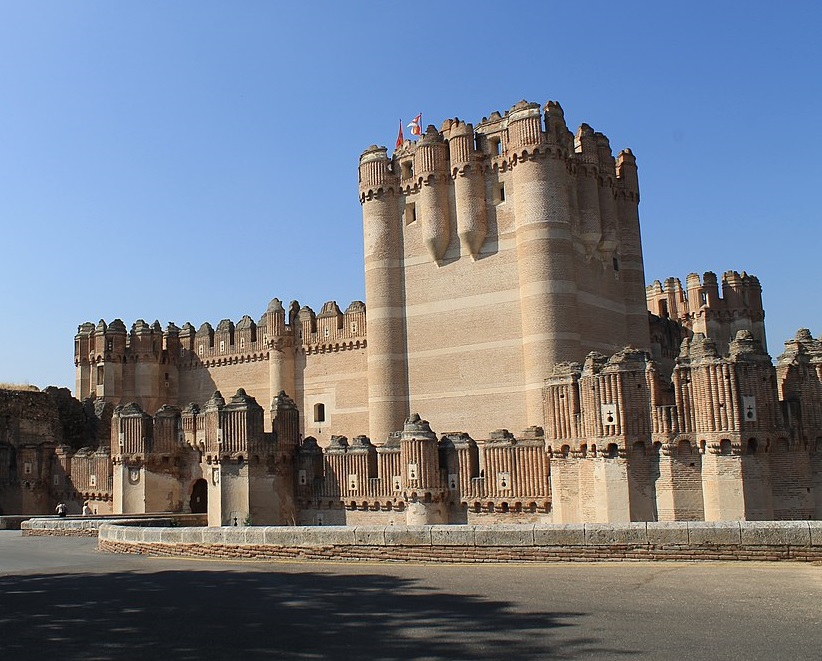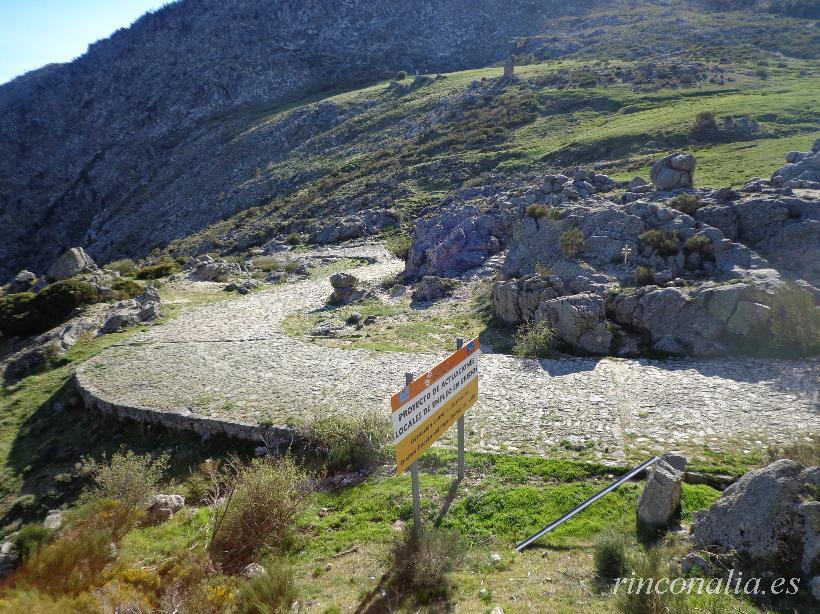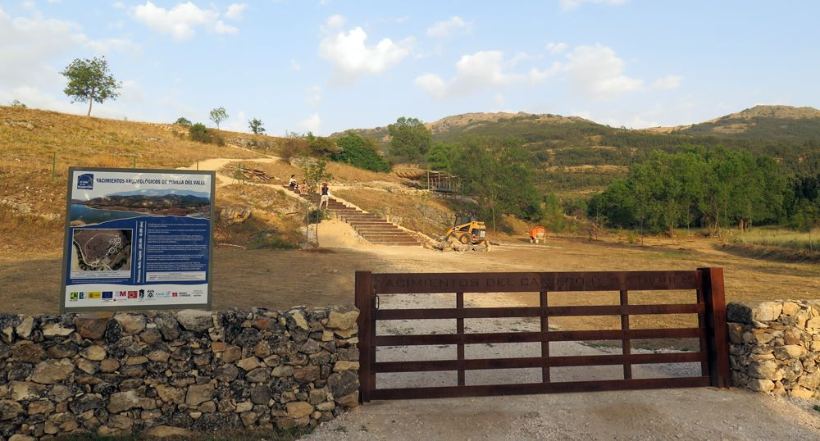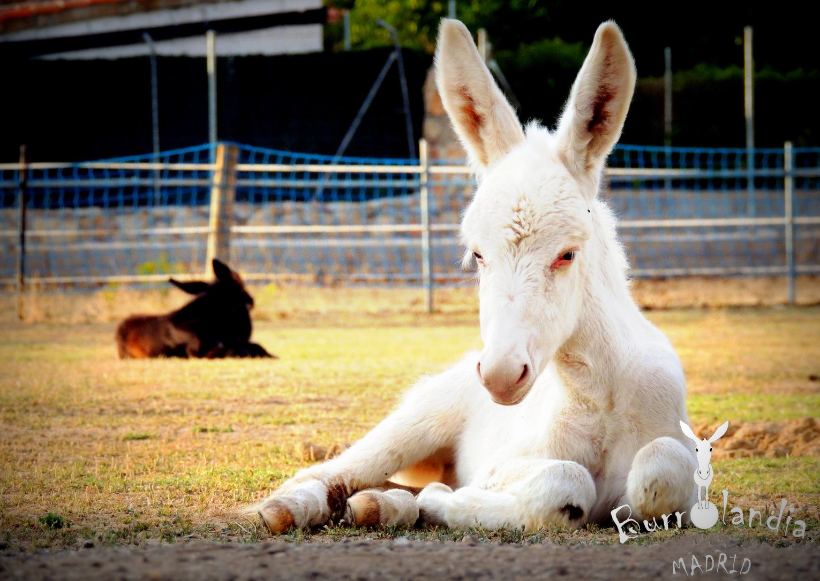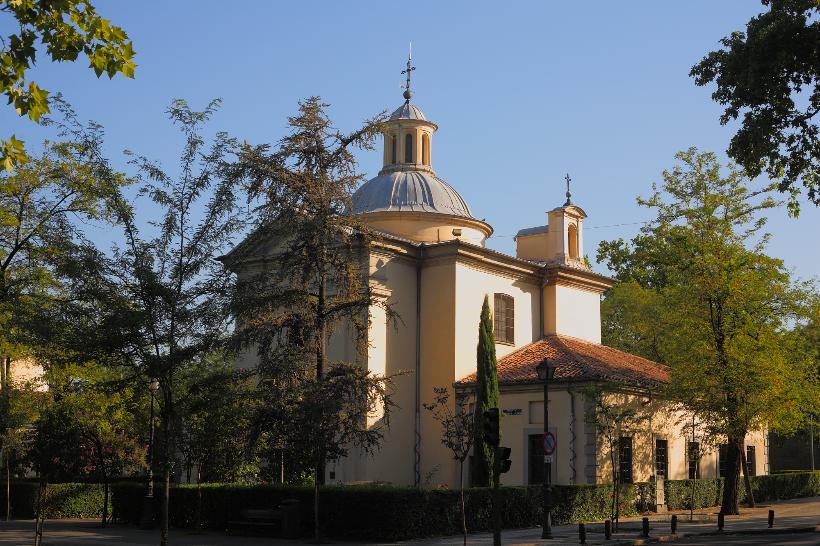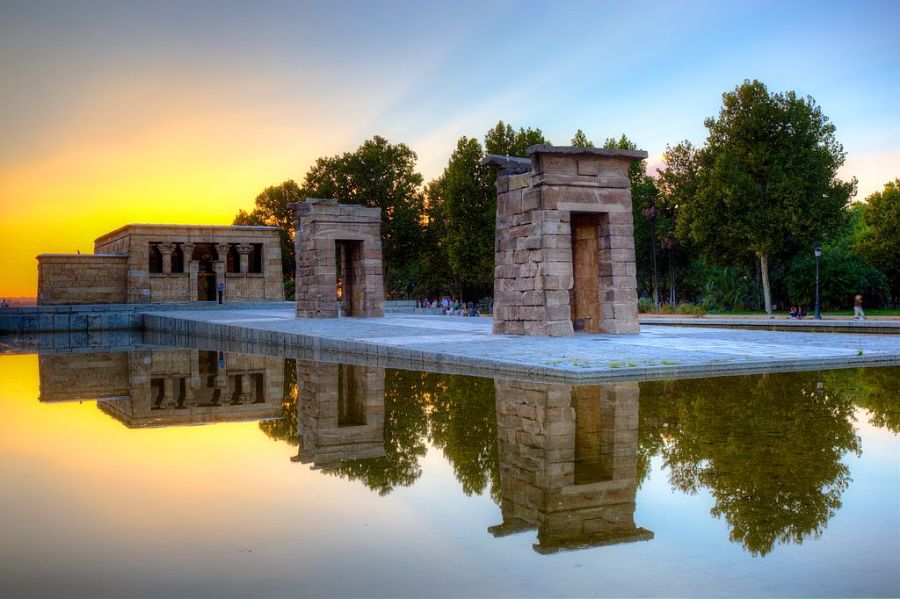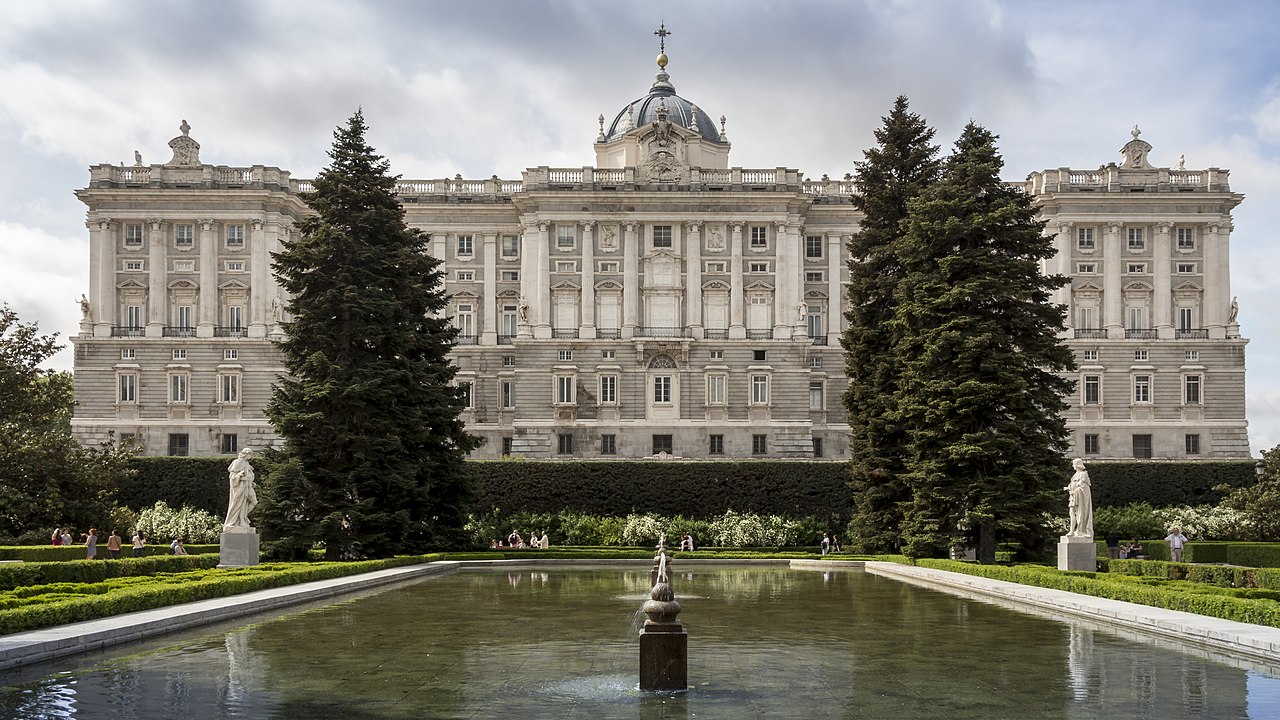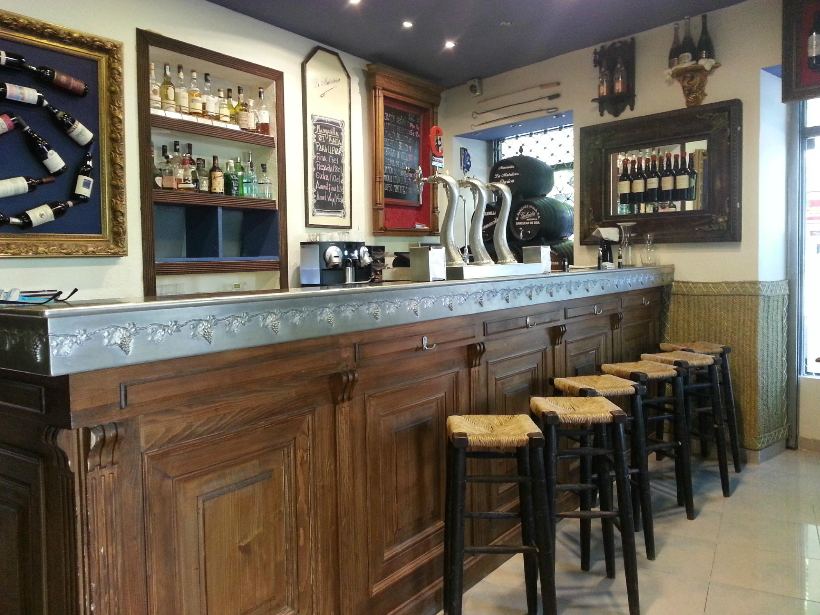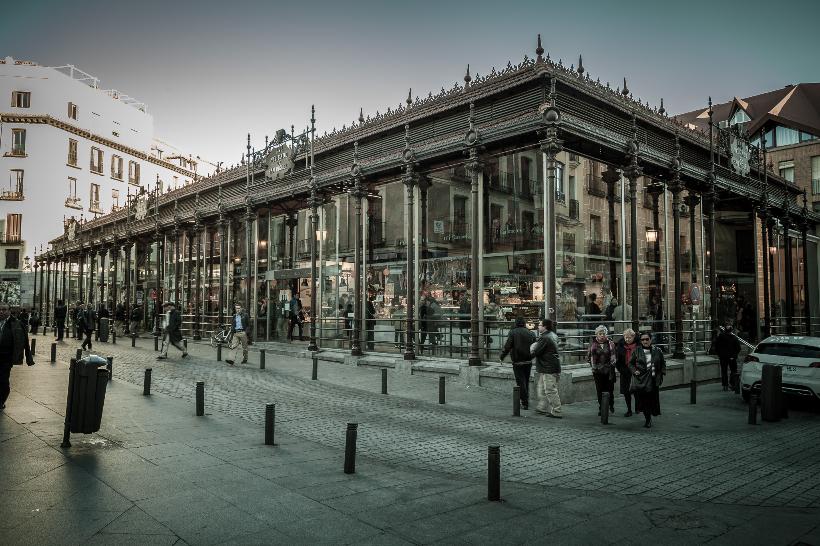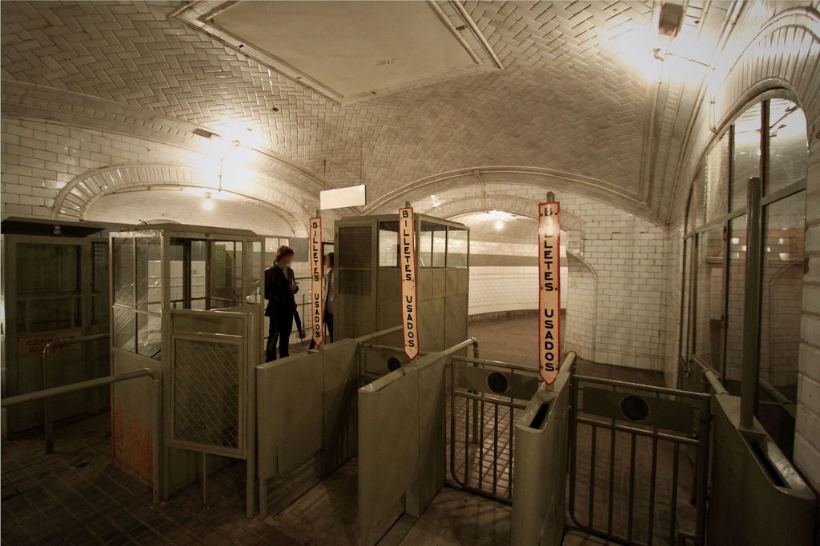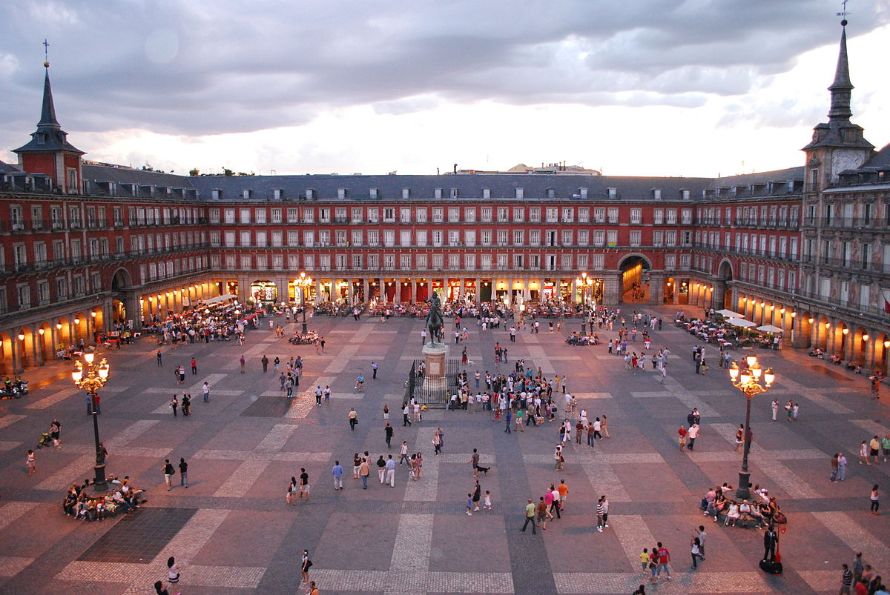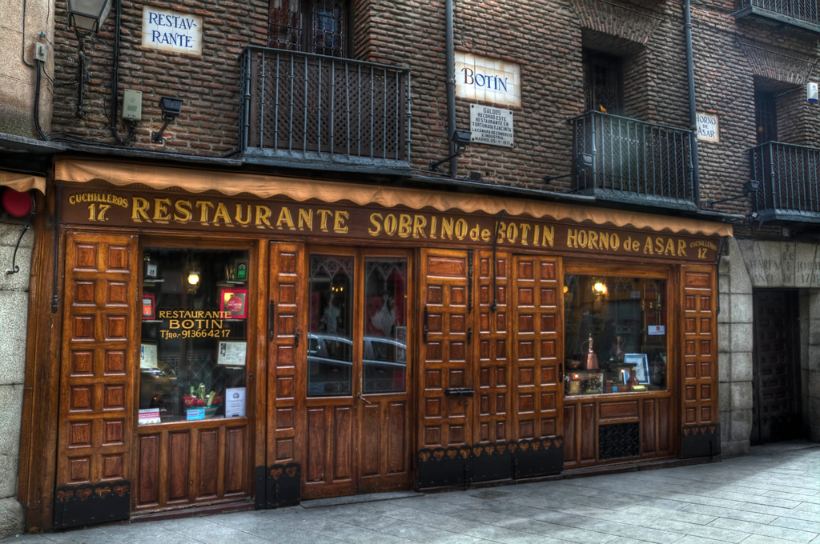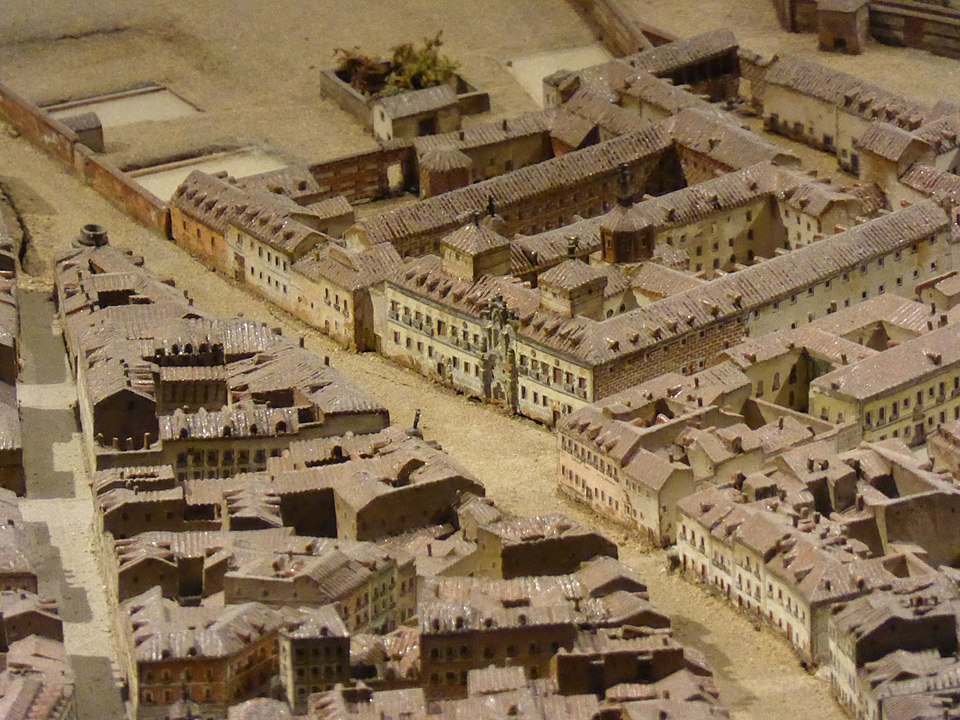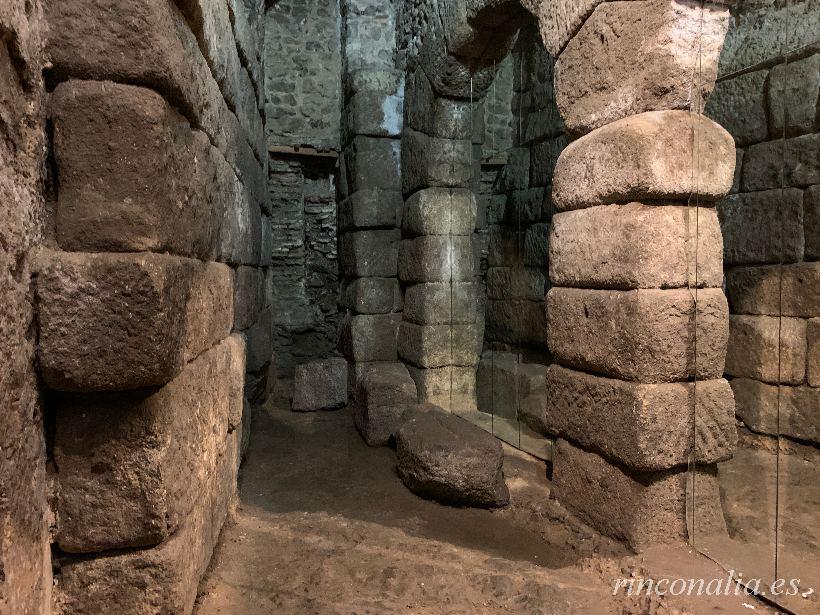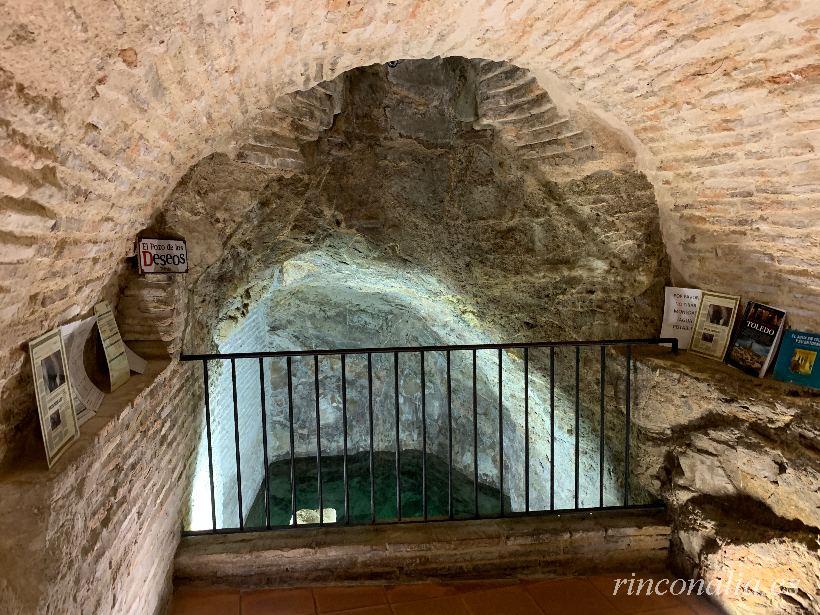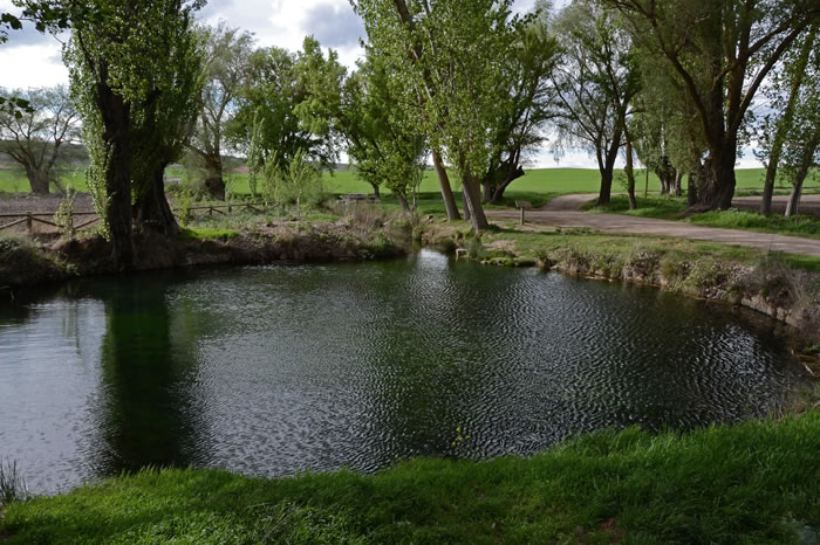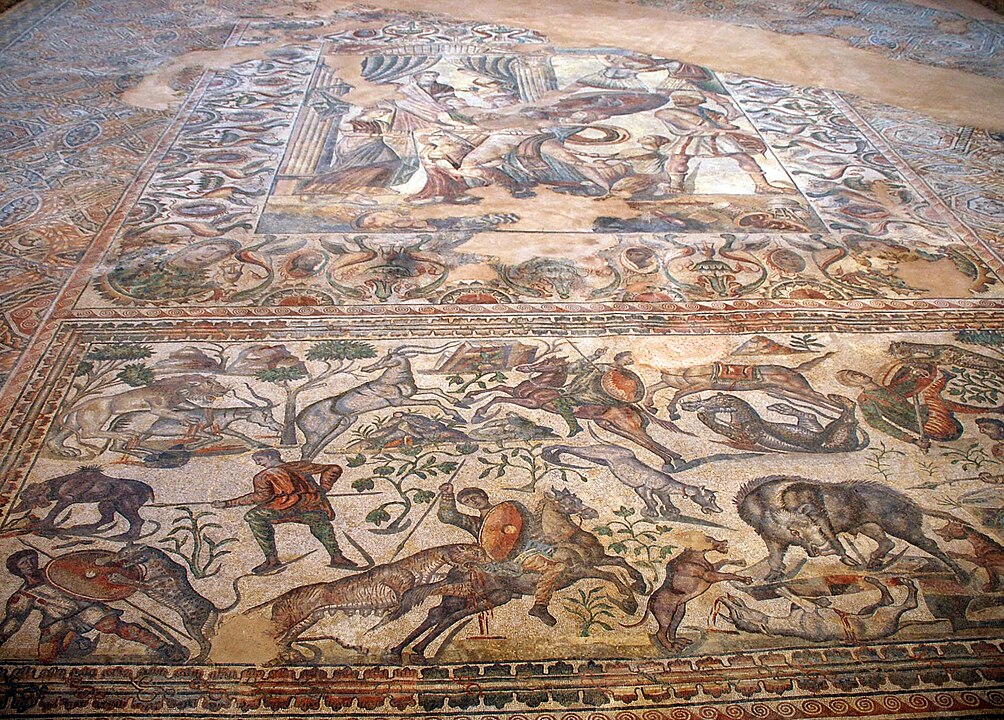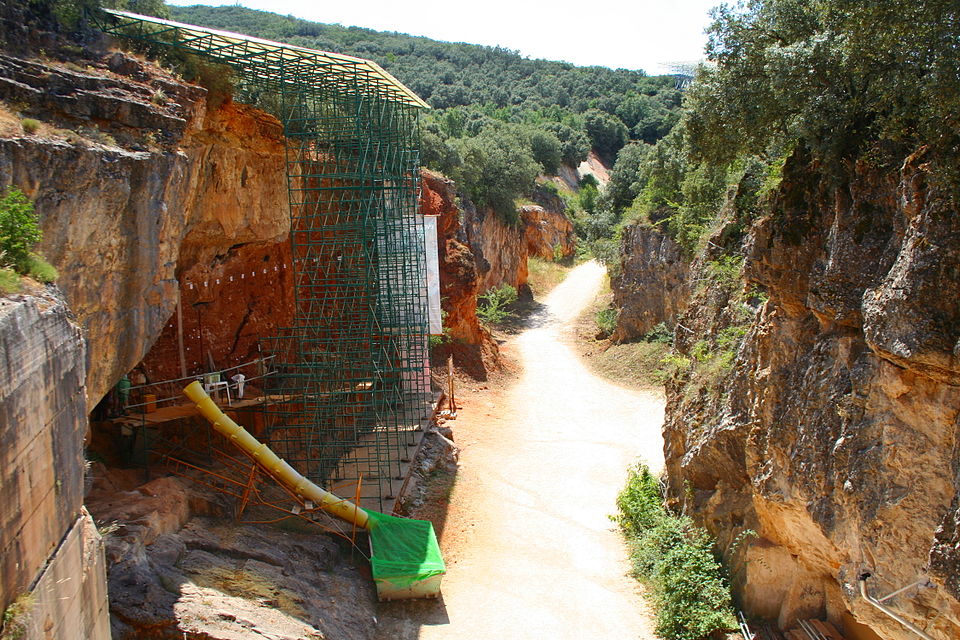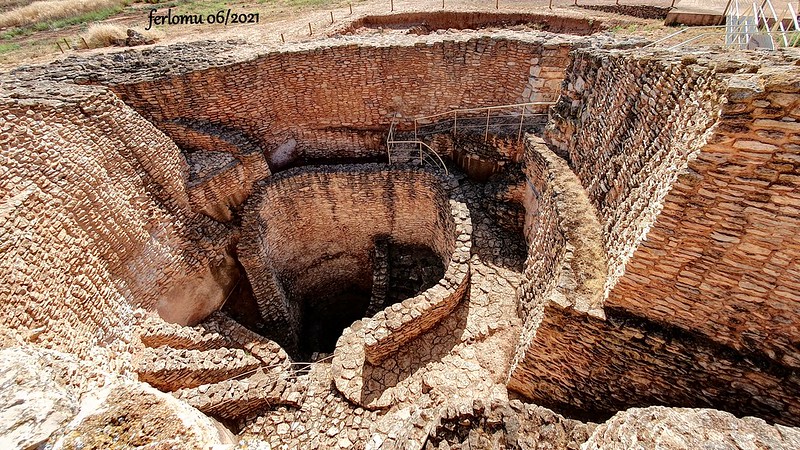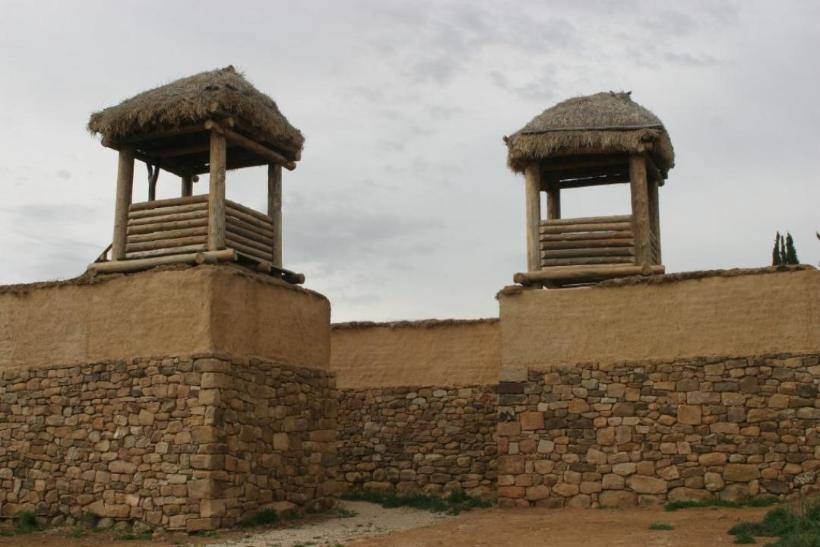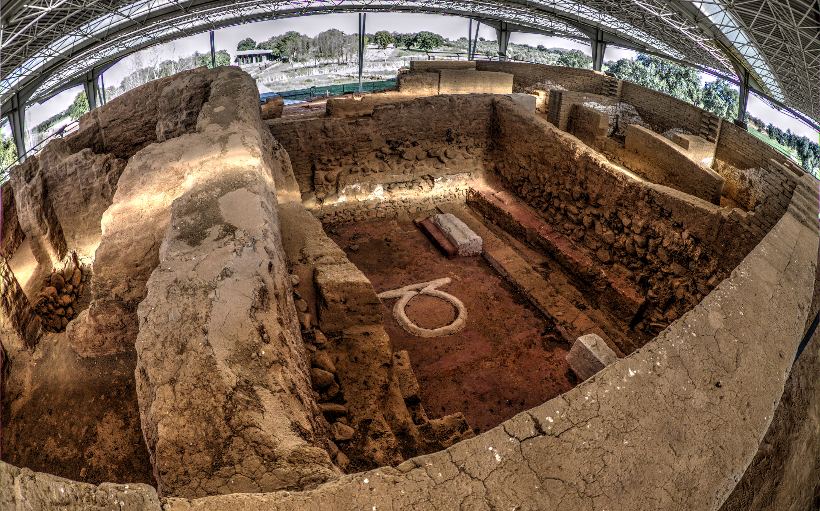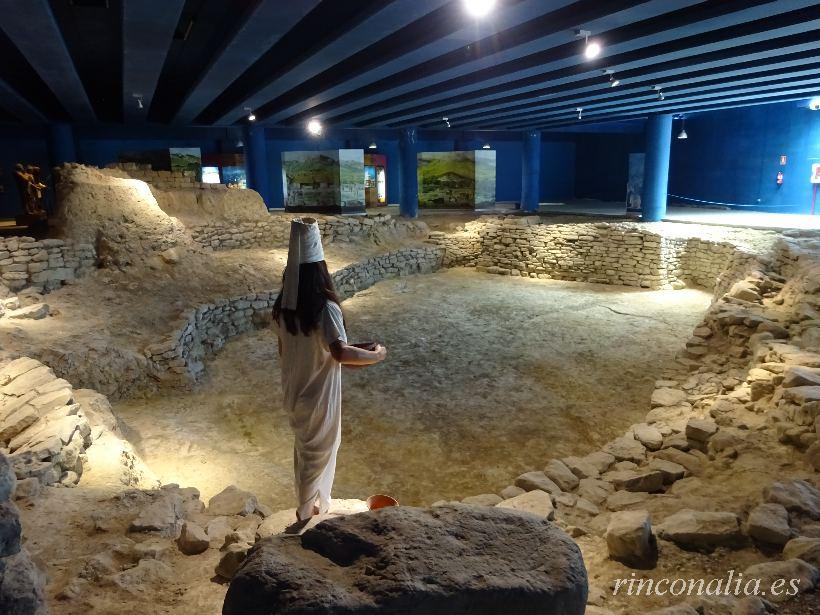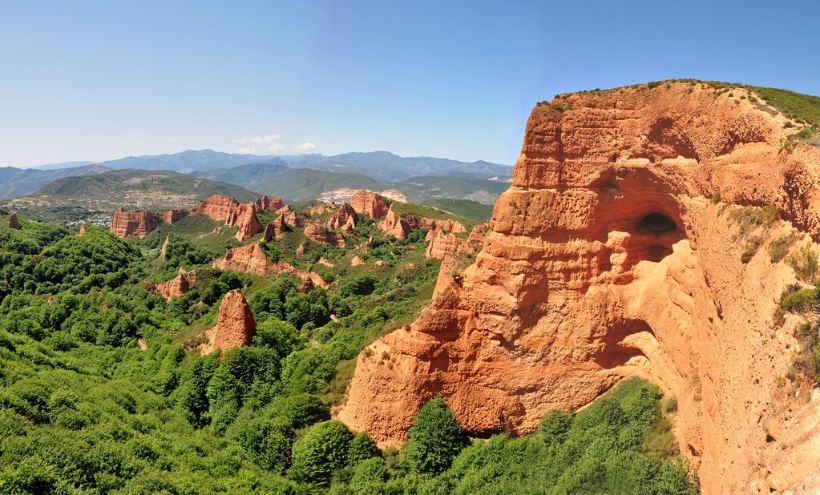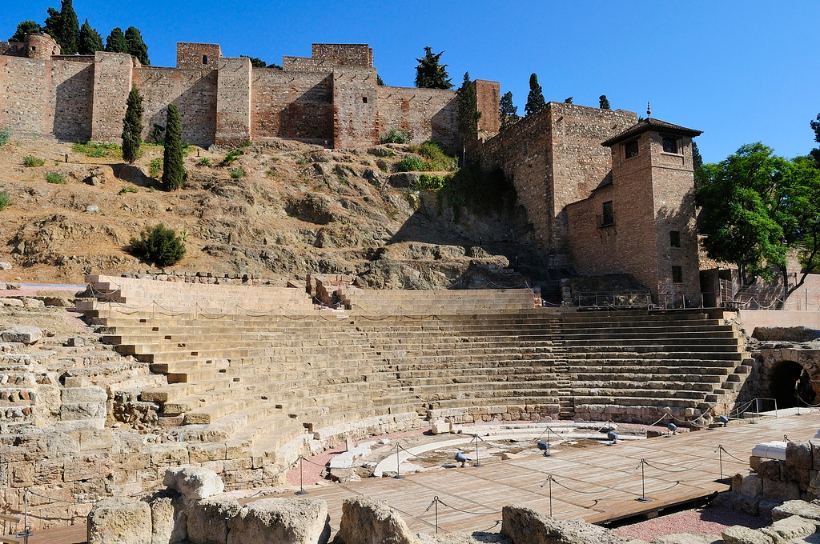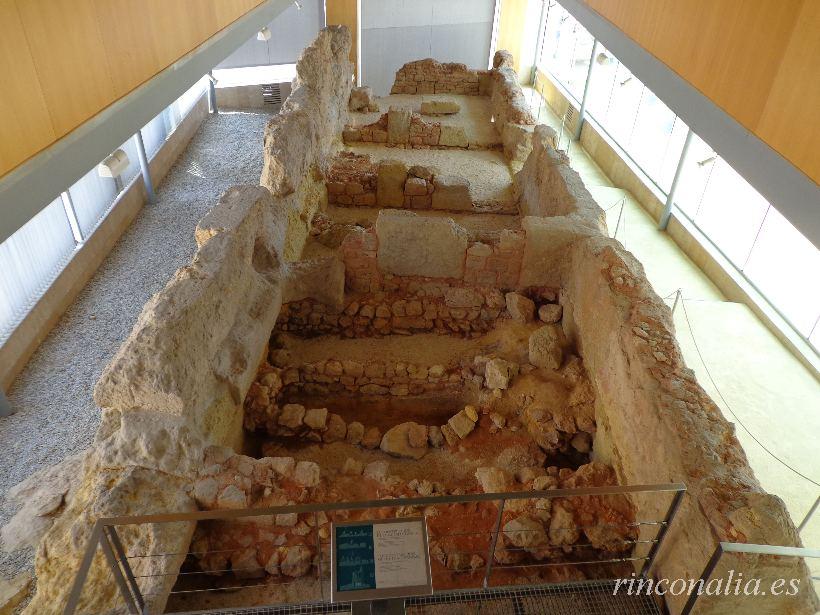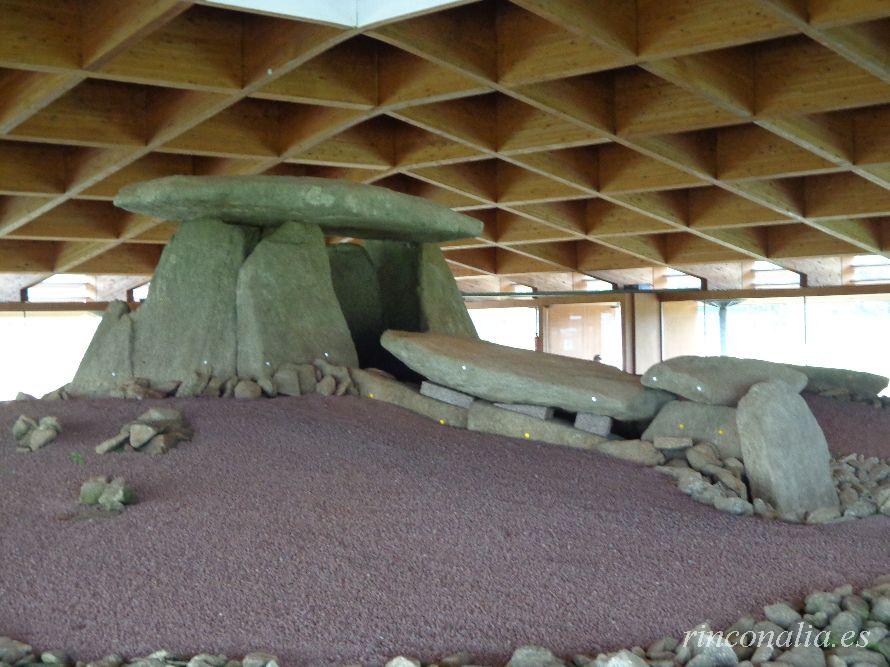Rock Paintings in Ojos Albos
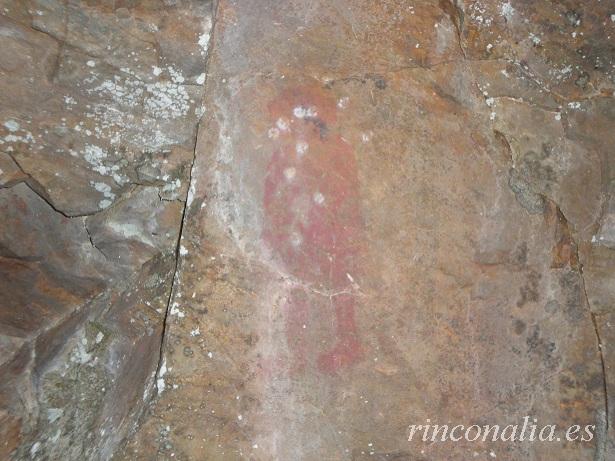
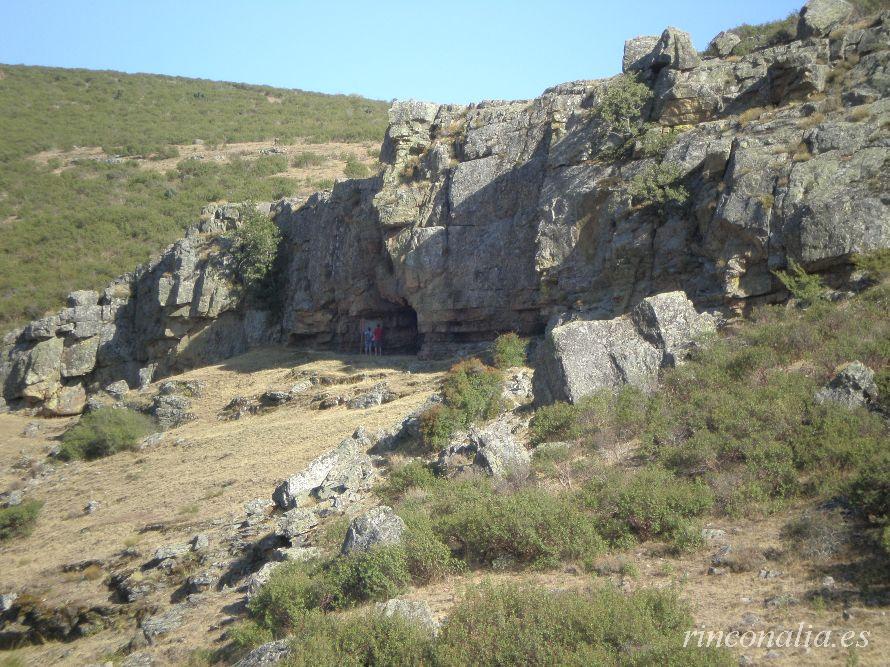
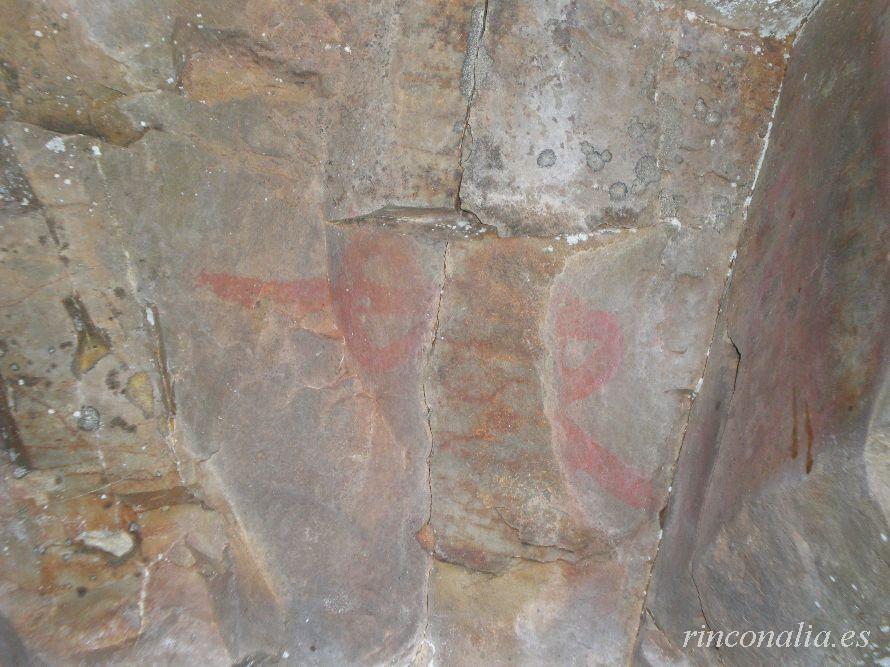
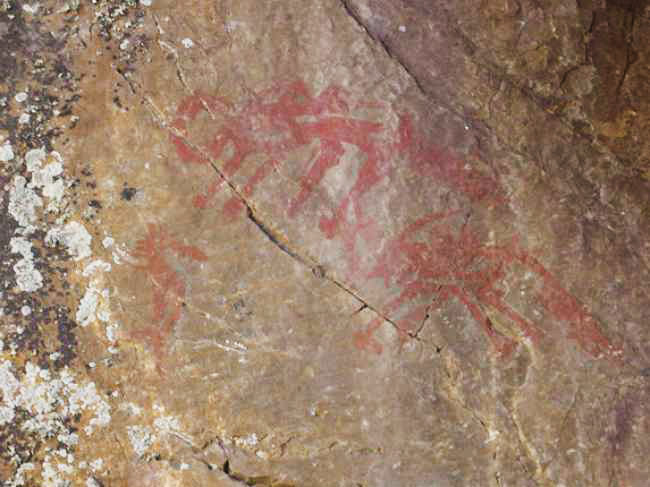
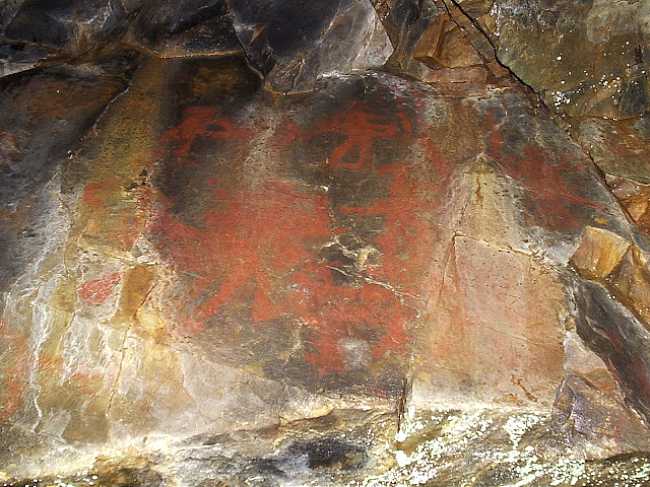
Actualizado el
Hidden in secluded shelters beneath the Peña Mingubela, just 3 km from Ojos Albos (Ávila), the rock paintings of this site offer one of the most complete sequences of schematic art of the Meseta and the Central System, with phases spanning from the Late Bronze Age to the Early Middle Ages.
Geographic and Archaeological Context
The complex sits on sandstone of the Galician-Leonese Massif, perforated by the Zapardiel River. The abundance of springs and proximity to the riverbed facilitated human settlement and the creation of these representations over more than 3 000 years.
Discovery and Research
- Early Findings (1970s): Identification of a few isolated figures.
- Systematic Excavations (1990–2005): University of Salamanca team, ground-penetrating radar used to map shelters.
- Dating: Pigment analysis via spectroscopy and thermoluminescence dating of associated deposits.
- Key Publications: “Arte esquemático abulense” (2008), “Pigmentos y cronologías” (2015).
Chronology and Pictorial Phases
- Late Bronze Age (c. 1200–800 BC): Simple lines and figures in carmine and orange tones.
- Early Iron Age (c. 800–500 BC): Superimposed motifs in wine red, using fine brushes.
- Late and Roman Period (c. 500 BC–200 AD): Incorporation of new abstract symbols.
- Early Medieval (c. 10th–13th centuries AD): Partial deterioration, occasional additions of crosses and scratched texts.
Techniques and Pigments
- Natural iron oxides for red/orange hues.
- Powdered charcoal and animal blood for violet-black tones.
- Mixtures with resins or animal fats to improve adherence.
- Brushstrokes with thorns or fingers, engravings with lithic tools.
Iconography and Possible Meanings
- Anthropomorphs: figures with spears or staffs, possibly ritual warriors or companions.
- Zoomorphs: schematic deer, goats and bovids—scenes of hunting or totemic rituals?
- Abstract Signs: lattices, zig-zags, concentric circles—hypotheses of calendars or symbolic maps.
- Superimpositions: indicating repainting events over successive generations.
Conservation Status and Risks
The paintings are protected behind wooden walkways and UV-resistant glass, but they suffer from:
- Microbiocorrosion by lichens and algae.
- Microclimate humidity causing occasional condensation.
- Damage from heavy visitor traffic if numbers are not controlled.
Access and Visit
- How to get there: From Ojos Albos, start at the plaza by the town hall, church and fountain. Park and begin the trail on Procesiones Street; at its end, follow the marked path from a cattle grid.
- In about 25 minutes you will reach the Peña Mingubela. Descend to the Valdelaguila stream, cross a fence through the gate, then continue along the riverbank trail until you reach the rock shelter.
- Cross the stream, climb the short slope to the north-facing shelter, where you will find the rock paintings. The round trip is approximately 3 km and 50 minutes on foot.
Conclusion
The Ojos Albos rock paintings provide an exceptional testament to cultural continuity in the Zapardiel Valley. Their long sequence—from the Bronze Age through the Medieval period—and rich iconography make them an essential site for understanding schematic art and ritual practices of prehistoric communities on the Meseta.
How to get there
Una vez en Ojos Albos, nos situamos en la plaza, donde encontramos el ayuntamiento, la iglesia y una fuente. Aparcamos y en este punto comenzamos la ruta a pie. Debemos tomar la calle Procesiones, siguiéndola hasta el final encontraremos un camino perfectamente trazado que se inicia en un paso canadiense. En unos 25 minutos veremos la Peña Mingubela, nuestro destino. Poco después iniciamos un descenso que nos hace perder la altura ganada y que nos lleva hasta el cauce del arroyo Valdelaguila. Atravesamos una alambrada por la puerta que interrumpe el camino, teniendo cuidado de volver a cerrarla. Una vez en el arroyo el camino lo cruza, pero nosotros no debemos cruzarlo, continuamos por una vereda junto al cauce hasta llegar a la altura de peña Mingubela. En este momento cruzamos el arroyo y subimos la corta pendiente que hay hasta el refugio, una oquedad en la roca orientada al norte, donde encontraremos las pinturas rupestres. Desde que partimos del pueblo habrán transcurrido unos 50 minutos y habremos recorrido unos 3 km.
Decimal: 40.696111°, -4.500556°
DMS: 40°41'46" N, 4°30'02" O
